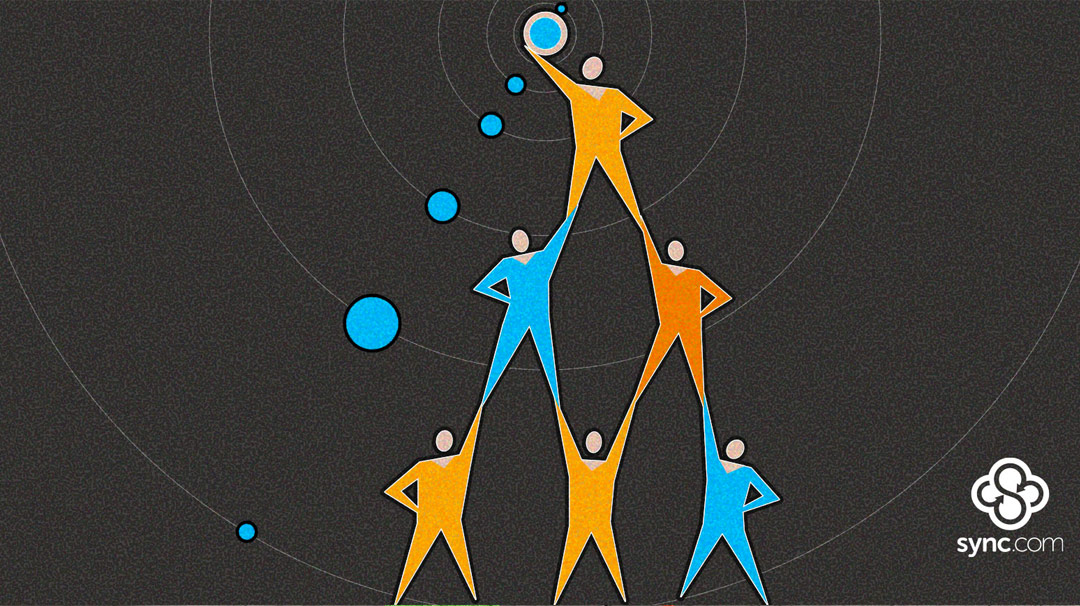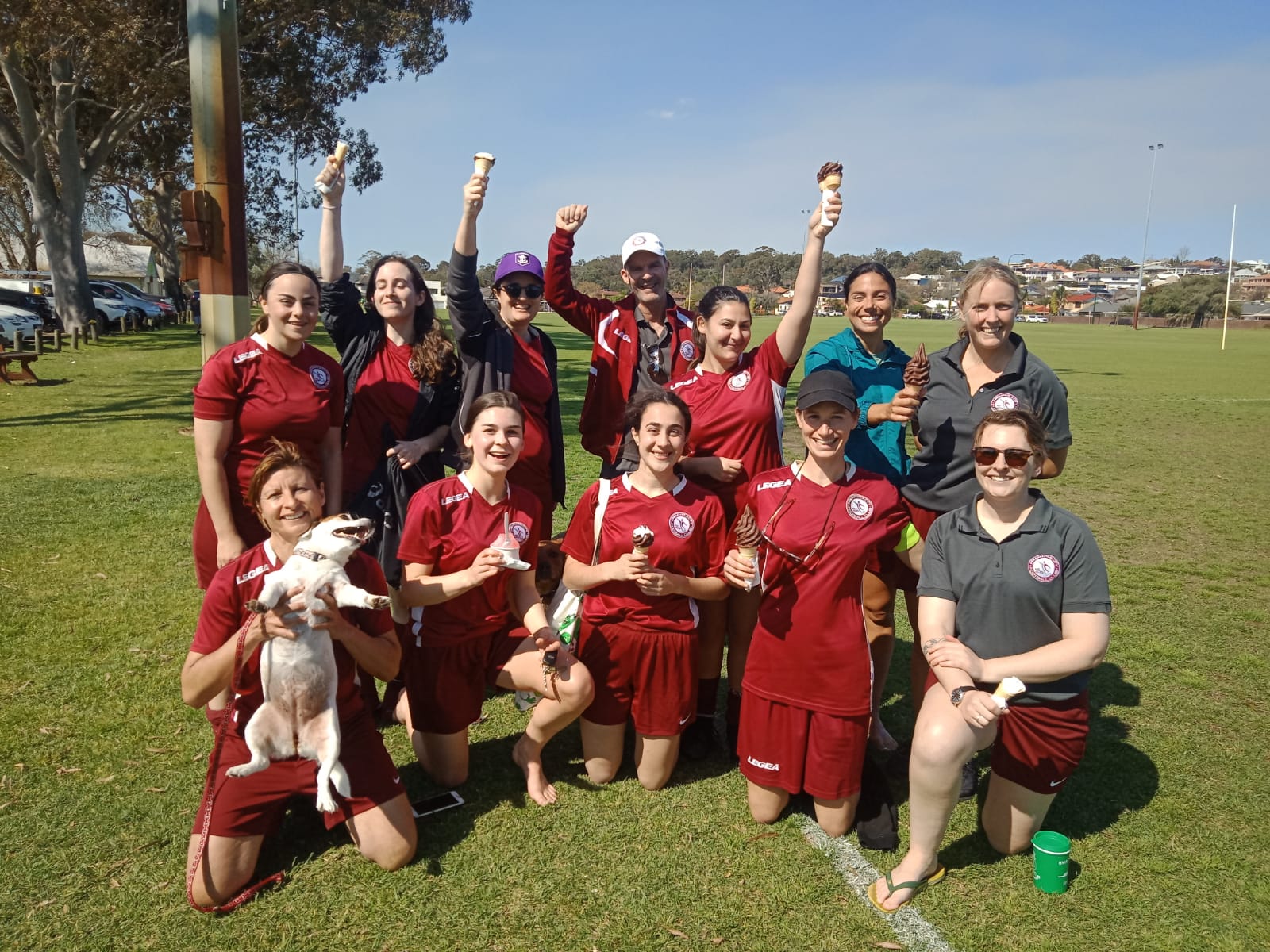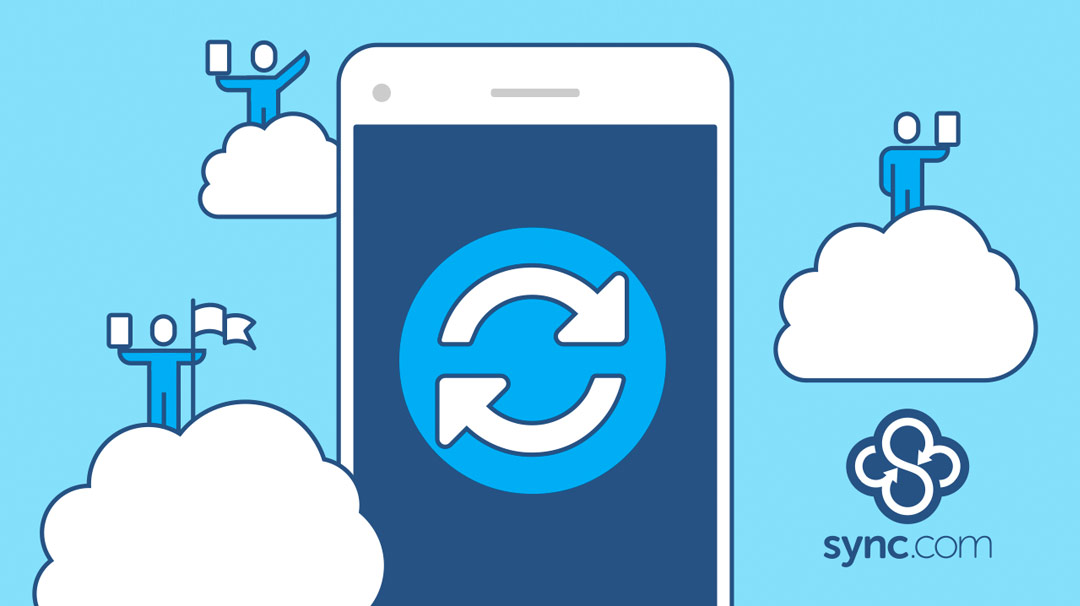How to Build a Winning Team at Work — Lessons from Women’s Soccer
November 2, 2020

Kristen Marano
Freelance writer and communications expert

Six strategies for success.
With three games left in the season, my women’s soccer team won the league and claimed first place with a 13-point lead. It might surprise you that last year we were a losing team. We’re a skilled bunch who strategize, play our positions, and strike hard, but that’s not why we became a winning team. We won this year because we overcame our self-doubt and built self-belief. On and off the pitch we practiced three things consistently: communication, connection, and confidence.
Sport is a driver for leadership in our lives and I’ve been wondering, what if we applied the same thinking and action with our teams at work? Managers can hire talent and bring them into a team, but if each person isn’t supported to believe in their abilities and work towards a collective goal, someone or something will falter. And, recovery will suck time and energy away from winning customers.
We set the intention to win at our first training session in June. The intensity, joy, and self-belief we brought to each match became our confidence cues. They set the tone for our pregame huddles. They became a motivational lift on the field. They kept us in sync when we were mentally and physically tired. Here’s how we did it, and how you can win with your team:
Put People First
We’re 16 players, 16 to 51-years-old. We’re years apart, and we’re in sync. We’re mothers, daughters, sisters, and partners. We learned from our first season together that socializing and sharing intimate moments of our lives built a foundation of trust, belonging, and chemistry. We trained and played three times a week and as soon as we laced up our cleats, our conversations would begin, “so, how was your day?” Through huffs and puffs, high kicks and lunges, we smiled, laughed, and spoke of period pains and baby kicks, academic fatigue and work promotions, relationship issues and grief. We rode the highs and lows of life together.
Our sharing routine involved our coach Robin, too. He’s attuned to what we need. He’s committed, caring, and conscientious. He dedicates hours to building training sessions and game strategy. We tell him when we’re sad, tired, or anxious, so he’s aware of our energy levels. He listens, asks questions, and checks-in at training and games. He pushes us more or less and prepares the game lineup to play to our team strengths.
We never felt we’d be criticized or benched for the game by opening up about our weaknesses or concerns. Instead, he created what Amy Edmondson, Professor of Leadership at Harvard Business School says is crucial to a team’s success: psychological safety, “a shared belief that the team is safe for interpersonal risk taking.”
Our two-way communication is what’s needed from leaders in the workplace. Leaders who show they care about their people when things are going good and bad will boost employee engagement, increase team innovation, and encourage learning from mistakes. A recent Gallup COVID-19 leadership study revealed a key predictor of low worry and high confidence in an organization: whether each employee believes and experiences that the organization is looking out for their best interest and workplace wellbeing. The more we opened up, the more confident we grew, and the more unbeatable we became.
Premeditate Your Performance
During our game day warmups I’d ask, “how many goals do we want to score today?”
“Four goals!” someone would shout. Then a player would get more ambitious, “at least five by half-time.”
I was asking myself the question, “how do I want to feel today?” before starting work. Because of the positive emotion I was experiencing, I was curious if the intention could influence how we perform. Sometimes it did, but even if we didn’t score many goals we were mentally prepared for kickoff.
In her book, Presence: Bringing Your Boldest Self to Your Biggest Challenges, American Author Amy Cuddy says to “focus less on the impression you’re making on others and more on the impression you’re making on yourself.” We were challenging and empowering ourselves to be the best players we could be, an important skill in women’s sport, since many of us are known to experience self-doubt and in some cases drop out from a young age.
Halfway through the season, our pregame routine became more joyful. Our captain Josie, who loves to get a laugh out of others, challenged us to feel Estee Lauder, and spritz ourselves with how we wanted to feel on the field: confident, composed, and focused, her exercise reflected the power of visualization to win, “Today I’m spritzing determination, and I’m going to sprint up the wing and score,” I typed into our group chat. I was channeling my favourite female footballer Ellie Carpenter.
Once while losing at half time, Josie turned to our circle, slapped her hands on her hips, stance wide, chin up, and said, “I want everyone to do a power pose.” Josie, a fan of Cuddy, was practicing what the social psychologist believes: “standing in a posture of confidence, even when we don’t feel assured can boost feelings of confidence, and might have an impact on our chances for success.” While not everyone chose to pose, a few did, and it was the leadership we needed to get out of our heads. The concept created a ripple effect for our team, with a few of us practicing the power pose in our bedroom mirrors before a work presentation, school exam, or date night.
What we choose to tell ourselves becomes our reality and it’s a concept that needs careful attention in the workplace, especially as people experience higher levels of stress, burn out, and pandemic fatigue. LinkedIn’s recent Workforce Confidence Index shows senior leaders are less optimistic (34%) than individual workers (24%) about the near-term economic outlook, presenting a worrying outlook for team leadership.
Josie’s impromptu power pose shows us how we can manage our thoughts, when financial situations are uncontrollable. Smile in the mirror in the morning, if you’re feeling anxious. Power pose in your office through challenging moments. Keep an open mind and see how simple movements that don’t cost anything can reboot your confidence.
“Confidence is rooted in our perception of ourselves,” says American Author Mark Manson. In a team environment, self-belief starts with leaders and the question: do you feel capable to bring the best out in others?
Our coach believed we could win, “You can do this,” he’d say after every game we lost last season.” He repeated his belief again at the beginning of this season to reset the intention. The experience is the same for managers. Believe in yourself first. Believe in your team. Tell your team what you believe. Start the day together by reflecting, “how do we want to feel today?” and “what do we want to achieve by the end of the week?”
Build Belonging Cues
We shout the words, intensity, joy, and self-belief on the field throughout our 90-minute games. These words are our belonging cues; they’re a constant reminder to stay in sync. Each word is a signal that we need to step up our game, remember to have fun, and believe in ourselves. Communication on the field sometimes sounds like, “Five minutes until halftime. A little more intensity, girls” Josie shouts. “We got this, keep moving forward,” says Stella, our central defender. “It’s goal time,” says our striker Lorna.
The vivid narratives we built paved the roadmap to become champions. The concept, “roadmapping,” is the third universal step from Author Daniel Coyle’s book, The Culture Code. He believes great groups don’t happen by accident. Culture is about mental models, “It’s about tuning into a series of small moments that send powerful signals,” says Coyle. “You are safe. We share risk here. We are headed this direction.”
Create Human Connection
We learned last season that our chemistry was changing on the field because we built camaraderie off the field. We cheers with beers after the game, we keep in touch online, and we spend weekends camping together, watching movies, and going to local music gigs.
Our group chat, which was intended to confirm training and game times, became a hotspot to share GIFs, jokes, and social invites. Sharing what we do off the pitch makes being on the pitch more enjoyable. We’re also there for each other: if someone has an injury, illness, or bad news, a team member is messaging to say, “I’m sorry. Are you okay?” Sharing our collective moments of joy and pain is what Vulnerability Researcher Brene Brown defines as sacred experiences that connect us as human beings, “I define connection as the energy that exists between people when they feel seen, heard, and valued,” says Brown.
The rise of remote work through COVID-19 is making connection difficult and awkward as people work from home offices and bedrooms, where their lives are usually private. There’s a hesitancy to stay on calls longer than needed, cutting our opportunities for impromptu after work catch ups. At Sync we’ve learned that our in-office pizza lunches and cheers with beers after work haven’t translated well to Zoom. We don’t have the answers yet, though we know something important: staying connected through different ice breaking conversations reminds us we have each other, and that’s confidence building.
So, how do we find our way back together when we can’t physically be next to each other? Brown points to a willingness to share our authentic stories, opinions, and selves, even when doing so can seem lonely. In her research with thousands of people, she learned that we can bolster connection by seeking out everyday moments of collective joy and pain; the experiences that remind us of our common humanity. What emerged at the top of the list for connection? Music.
Have Honest Conversations
Near the end of the season, our striker Eloise came off the field crying and Robin had no idea why. She was crying because he yelled at her from the sidelines. Josie, sensitive to the team’s feelings and needs, quickly brought everyone together in a huddle, one of our nonverbal belonging cues. She stated what she saw and heard, “Eloise felt put down by Robin because he shouted negatively from the sidelines.” She kindly explained how it made Eloise and the team feel, “Robin, I know you have our best intentions and want us to win, though it’s demotivating when you sigh and shout. She asked Robin what she would like him to do differently, “Could you speak to us one-to-one when we come off the field, so we can better respond?” In having the bravery to bring us together, Josie lifted our spirits to get back on the field. Can you imagine how Eloise would have felt, if we didn’t have that discussion? Josie showed that we have her back, strengthened our psychological safety, and offered our coach an opportunity to become a better communicator.
The way Josie led is known as non-violent communication, or compassionate and collaborative communication, a concept developed by Marshall Rosenberg in the 1960s. If there’s aggression, violence, or bad feelings involved, then clear and kind communication is not possible. Peaceful outcomes like harmony and cooperation begin with identifying shared needs.
If a team member is interrupting a meeting by checking their phone, a manager could say, “I noticed you were checking your phone in the meeting (state what you saw). I feel less productive as a team when we don’t focus together, and I want us to do our best work (how it makes you feel). Could I ask that you leave your phone at your desk in meetings, so we’re as productive as possible? (what you’d like and if they’re willing). The blame is off the employee and puts the onus on the manager to increase understanding and resolution.
Embrace Each Other’s Currencies
Everyone in this world has a unique gift. Josie is the best person to lead the team: she’s emotionally intelligent and problem solves. One of our best defenders became our goalie: she’s calm and confident. Our centre midfielder is the glue of our team: she’s competitive and persistent. We respect each other’s skills, which means we look to each other to move the ball up the field like magic. We celebrate each other’s skills with hugs and encouragement. It usually sounds like, “Raffi, well done, you’re playing phenomenal.”
If a culture of chemistry is lacking, workplaces can quickly become toxic where jealousy and competition breeds. We witnessed this heavy energy playing teams who get angry when a team member makes a mistake. As the world faces a growing climate crisis, poverty, and racism, Acumen Founder Jacqueline Novogratz believes we need leaders who put others before themselves, “The leadership I’m talking about isn’t easy leadership. It’s not driving towards a single bottom line. It has to have the nuance and the groundedness in a belief system that we’re all interconnected.” Teams who show up for each other, create a culture to win.
Do The Work To Win
Every Sunday when we stepped on the field we had already done the work to win. What I know now about life is that every moment we win, whether gaining a new customer, improving our daily run time, or developing a deeper friendship, we show ourselves how much more we’re capable of in our hearts and minds when we believe.

As the referee blew the whistle to begin our last game, we did what we always do: wrapped our arms around each other, smiled, and repeated the words: “joy, intensity, self-belief.”

